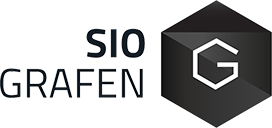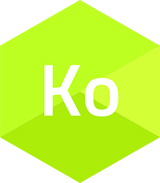Självsmörjning och självkylning av polymer – Aros Graphene-kompositer
Syfte och mål
Projektet är mellan Graphmatech, Kongsberg Automotive och Uppsala universitet. Målet är att utveckla självsmörjning polymer-Aros Graphene komposit. Motivering för utveckling är att ta bort oönskade smörjmedel från mekaniska system. Målet är att förstå interaktioner mellan Aros Graphene och polymermatris för att skräddarsy självsmörjigheten. Detta har uppfyllts genom att undersöka två olika polymerer (PPS har dålig kompatibilitet och PA har bra kompatibilitet). Självsmörjande PA-Aros Graphene har framgångsrikt utvecklats, producerats och formsprutats i stor skala.
Resultat och förväntade effekter
Tidigt i projektet lyckades vi inte blanda PPS-polymer med AG. Detta har resulterat i att riktningen mot en ny polymer (PA12) för en annan industriell komponent har ändrats efter samråd med komponentägaren Kongsberg Automotive (KA). Utveckling av PA-AG-komposit var framgångsrik och de ursprungligen fastställda målen (t ex att förstå mekanismerna och interaktioner mellan AG och matris) uppfylldes trots förändringen av polymertypen. Den nyutvecklade kompositen har producerats och levererats till KA. Demonstrationstest på KA planeras färdigställas i Q1 2020.
Upplägg och genomförande
AG för tribologi har syssniserats och karakteriserats. AG har undersökts som tillsats i olika polymermatriser (PPS, PC och PA). Detta har utvidgat testmatrisen, vilket i sin tur har ökat kunskapen för projektpartnern såväl som i vissa förseningar i prototyparbetet. Bland de undersökta kompositerna var PA-AG den mest framgångsrika med 60% förbättring i friktionsminskning och dramatisk förbättring av hållbarhet och värmeledningsförmåga. Graphmatech har skalas upp produktionen av PA-AG-komposit. 10 kg av denna komposit har levererats till KA för demonteringstest.

